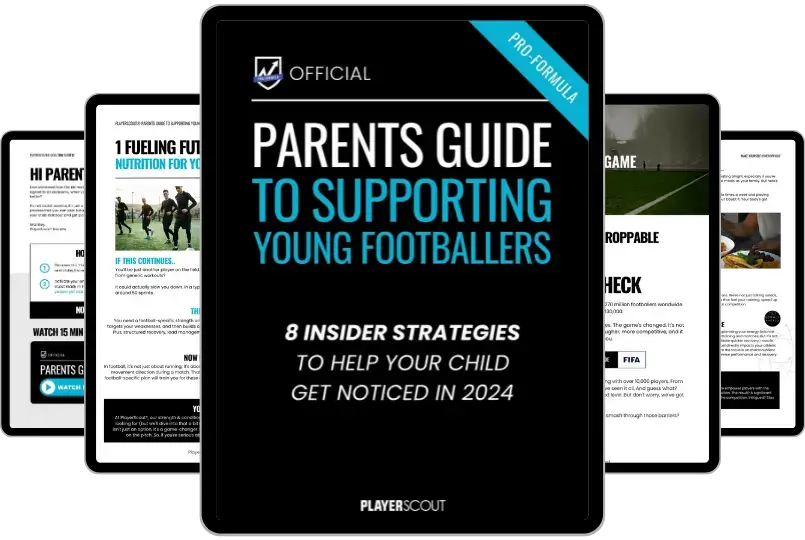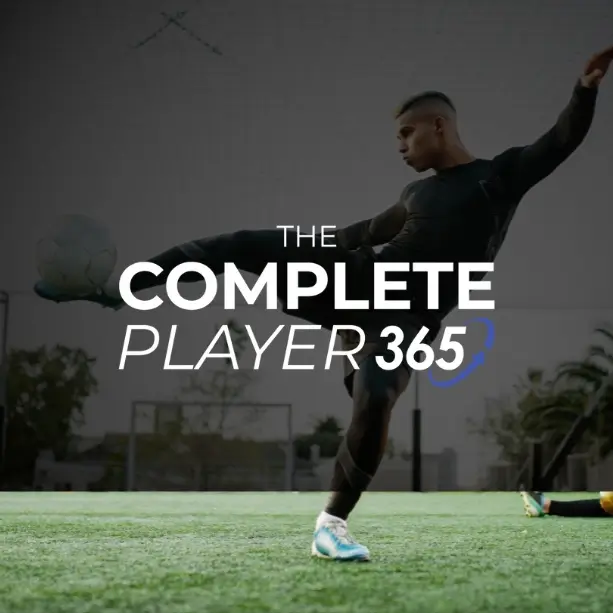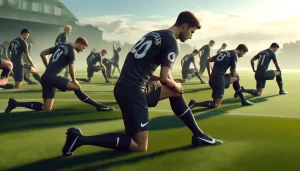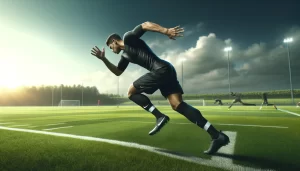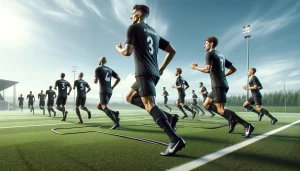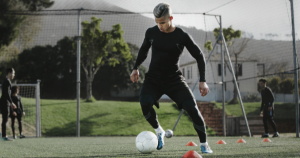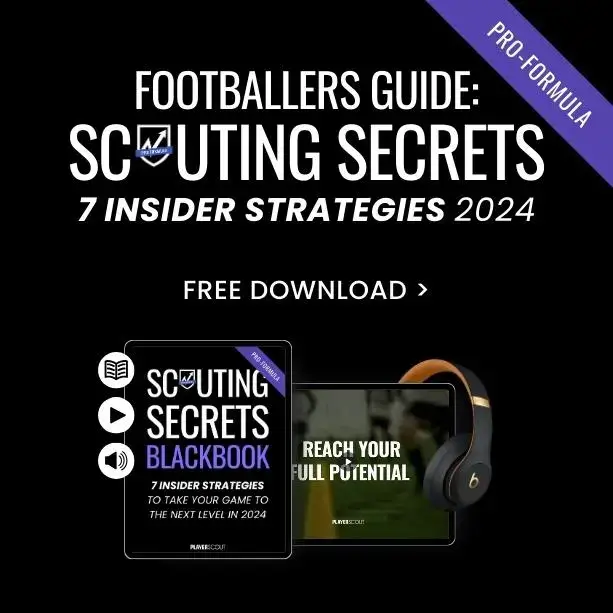How to Foam Roll Shins
Perhaps the most overlooked muscles in the body are the muscles which make up the front of your lower leg. Below we will go over the main problem that can occur in the shin area and how to foam roll shins.
The Anatomy of the Shins
The main two muscle groups of the shins are the Anterior Tibialis and the Peroneals. The tibialis anterior is located just outside the shin bone (tibia) and runs down the front of your shin connecting to the first metatarsal bone. Its main action is to help lift the foot up (dorsiflex) and turn the feet in (invert).
The Peroneals are a group of muscles made up of the:
- Peroneus Longus
- Peroneus Brevis
- Peroneus Tertius
One of the most common injuries in the shin area is known as Shin Splints. This injury is most often caused by exercise, with athletes who perform a lot of running or regularly put weight on the legs. Initially shin splints aren’t serious, however, the injury can become more severe if you continue to exercise through the pain.
In most cases you can treat the Shin Splints are home with rest, however, foam rolling can help prevent the injury altogether.
In most cases you can treat the Shin Splints are home with rest, however, foam rolling can help prevent the injury altogether.
What Are the Main Causes of Shin Splints?
The main causes of shin splints are not always clear. The majority of issues arise from repetitive weight-bearing exercise on the lower leg, which is believed to result in swelling of the tissue around the shin bone.The main causes or activities that may result in shin splints are:
Causes of Shin Splints
Roll over for reason 1
Reason 1
Flat Feet
(see Below)
(see Below)
Causes of Shin Splints
Roll over for reason 4
Reason 4
Tight Muscles
(see Below)
(see Below)
Causes of Shin Splints
Roll over for reason 2
Reason 2
Playing a New Sport
(see Below)
(see Below)
Causes of Shin Splints
Roll over for reason 2
Reason 5
Uneven Surface
(see Below)
(see Below)
Causes of Shin Splints
Roll over for reason 3
Reason 3
Poor Footwear
(see Below)
(see Below)
Causes of Shin Splints
Roll over for reason 6
Reason 3
Poor Running Form
(see Below)
(see Below)
Flat Feet
Around 20% of adults have flat feet, and this can lead to a problem with the shin. This is when the arch of the foot collapses under the weight. Problems arise because the muscles of the Tibialis are put under excess stress due to the collapsed arch.
The results of the can be pain and inflammation in the Tibialis posterior which increases as you walk.
New Sports
When you increase your training level or start a new sport, this can sometimes result in shin splints. This is common as the tissues respond to the increase in use.
Poor Fitting Footwear
Wearing footwear that offers no support, are worn down or ill-fitting can trigger shin splints.
Tight muscles
Tight calf muscles can put more stress on the front of the shin leading to shin splints. Uneven surface: Training on hills or uneven surface causes the feet and legs to readjust regularly, which could cause shin splints.
Poor Running Form
Putting to much pressure on your heels when you run can lead to problems in the shin area.
The 8 Best Ways to Cure Shin Splints
- Visit physio or doctor – A professional can ease the initial pain and assess what the problem may result from.
- Perform range of motion exercise – Once you have visited your doctor or physio, they may suggest some range of motion exercises.
- Ice the affected area – try to ice the shins every 3-4 hours for 25 minutes until the pain has gone. If the pain lasts over 3 days, re-visit the doctor
- Rest – Give your body time to heal
- Take anti-inflammatory painkillers – Reduce the swelling by taking aspirin or Ibuprofen. Do not over consume these tablets as they can have side effects.
- Wear a neoprene support sleeve – if the problem persists, use a support to warm the lower leg.
- Use orthotics for your shoes – If you have a collapsed arch, then shoe inserts can help support the foot.
- Prevent the injury in the first place by foam rolling your shin
Foam Roller Exercises for the Shins
To foam roll the front of your lower lege, ytou need to target the Anterior Tibialis and the Pereneals. The following videos will show you the exact technique to help keep your shin muscles healthy throughout the season.
How to Foam Roll Your Anterior Tibialis
This video shows exactly how to perform the best Tibialis Anterior foam roller exercises.
Credit: Trigger Point
How to Foam Roll your Anterior Tibialis
- Starting position: Start with your weight on your hands and knees, then place the foam roller on the fleshy part of your shine area. (Anterior Tibialis muscles).
- Make sure you do not roll the shin bone, only the muscle.
- Keep your foot relaxed throughout the stretch.
- Repeat for the opposite leg
Remember to breathe throughout this exercise
How to Foam Roll your Peroneals
The following video shows how to perform and Peroneal stretch with a foam roller. This is another vital foam rolling exerise to prevent shin splints.
Credit: National Academy Of Sports
How to Foam Roll Your Peroneals
- Starting Position: Move into a side plank and place your foam roller just above your ankle.
- Use your other leg and your arm to support your body weight.
- Make sure the hips and shoulders are parallel and not tilting forward or backward, whilst keeping a neutral spine.
- Using your arm and supporting leg, roll down the foam roller until it is positioned just below your knee.
- Roll at a speed of 1 inch per second.
- When you find a tight spot, stop and hold on this area for 30 seconds.
- Remember to breathe throughout this exercise
- For a more advanced version, stack your second leg on top of the leg you’re rolling for added pressure.
Upper Body Foam Rolling Exercises
- How to foam roll your neck muscles
- How to foam roll your shoulder muscles
- How to foam roll your chest muscles
- How to foam roll your lats
- How to foam roll your rhomboids
- How to foam roll your arm muscles



